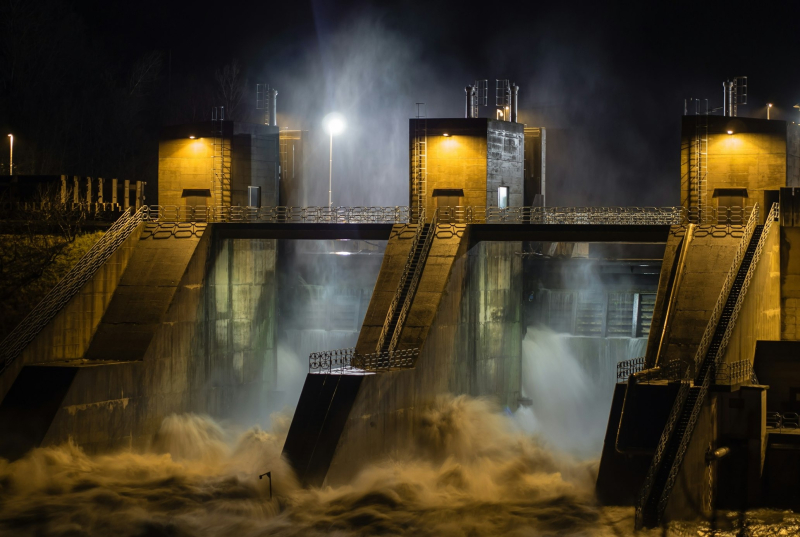Generative AI systems require a variety of resources, but in some areas their shortages can be critical. According to DigiTimes, a serious problem could be a lack of high-quality data sets, an increase in electricity and fresh water consumption, as well as a shortage of copper supplies for the IT industry.
According to experts at CB Insights, by 2026 the availability of high-quality data for training language models may decrease. As a result, their developers will have to rely either on expensive licensed data or on data sets synthesized by the AI itself. As of 2022, about 50 vendors have already entered the market for synthetic training data, and another 30 companies are seeking funding.
However, the entry of giants like Microsoft and Meta✴ into this market has reduced the opportunities for startups to raise funds. In 2024, there were only five funding rounds in this area, compared to 21 rounds in 2022. In addition, layoffs have now begun in some startups of the relevant profile, and the Israeli Datagen, founded back in 2018, has filed for bankruptcy. At the same time, Scale AI, founded a little earlier, managed to raise $1 billion.

Image source: Christian Dubovan/unsplash.com
The advancement of AI also increases power consumption significantly, for example Google’s AI search is rumored to require 10 times more power than normal search. According to the International Energy Agency (IEA), electricity demand related to data centers. AI and cryptocurrencies, reached 460 TWh in 2022, and by 2026 should grow to 620–1050 TWh.
The IEA estimates that by 2026, AI-based industries may consume 10 times more energy than in 2023. Technological innovations in the energy sector can partially offset demand. Researchers at the Central Research Institute of Electric Power Industry (CRIEPI) note that the development of energy-saving technologies can halve the growth in demand for electricity. However, the commercial fate of such projects is not always favorable.

Image source: Jani Brumat / Unsplash
The development of AI is also threatened by the increase in water consumption by data center cooling systems. In 2023, Microsoft reported a 23% increase in water consumption to 7.844 million m3, mainly due to data center expansion. For example, training the OpenAI GPT-3 model with 175 billion parameters required 700 m3 just to cool the servers in Microsoft’s newest American data center. Taking into account the water spent during energy generation and equipment production, the consumption amounted to 5.4 thousand m3. And when using GPT-3, each dialogue of 10–50 requests cost 0.5 liters of water. By 2027, the demand for water for cooling and energy production in all data centers should reach 4.2–6.6 billion m3/year. This is approximately what the UK consumes in six months.

Image source: Ra Dragon / Unsplash
Finally, copper shortage poses a threat to the AI industry. Demand for copper is growing along with demand for renewable energy, electric vehicles and generative AI. According to JPMorgan Chase & Co. By 2030, AI data centers alone could require 2.6 million tons of copper annually. Each additional MW of capacity may require 20–40 tons of copper. The copper supply deficit is projected to grow to 4 million tons per year by 2030, the demand of the AI industry will add another 2.6 million tons to this figure. New technologies that can directly or indirectly reduce demand or slow down its growth can also help here.
According to Macquarie Investment Bank, annual growth of millet copper could be limited to 200 thousand tons until 2030 – other analysts are much more pessimistic. The consumption estimate for the data center is 27 t/MW, which is approximately in line with JPMorgan estimates. Macquarie notes that energy-saving technologies will help offset the increased energy consumption of AI infrastructure, as well as the increased use of copper in the industry.